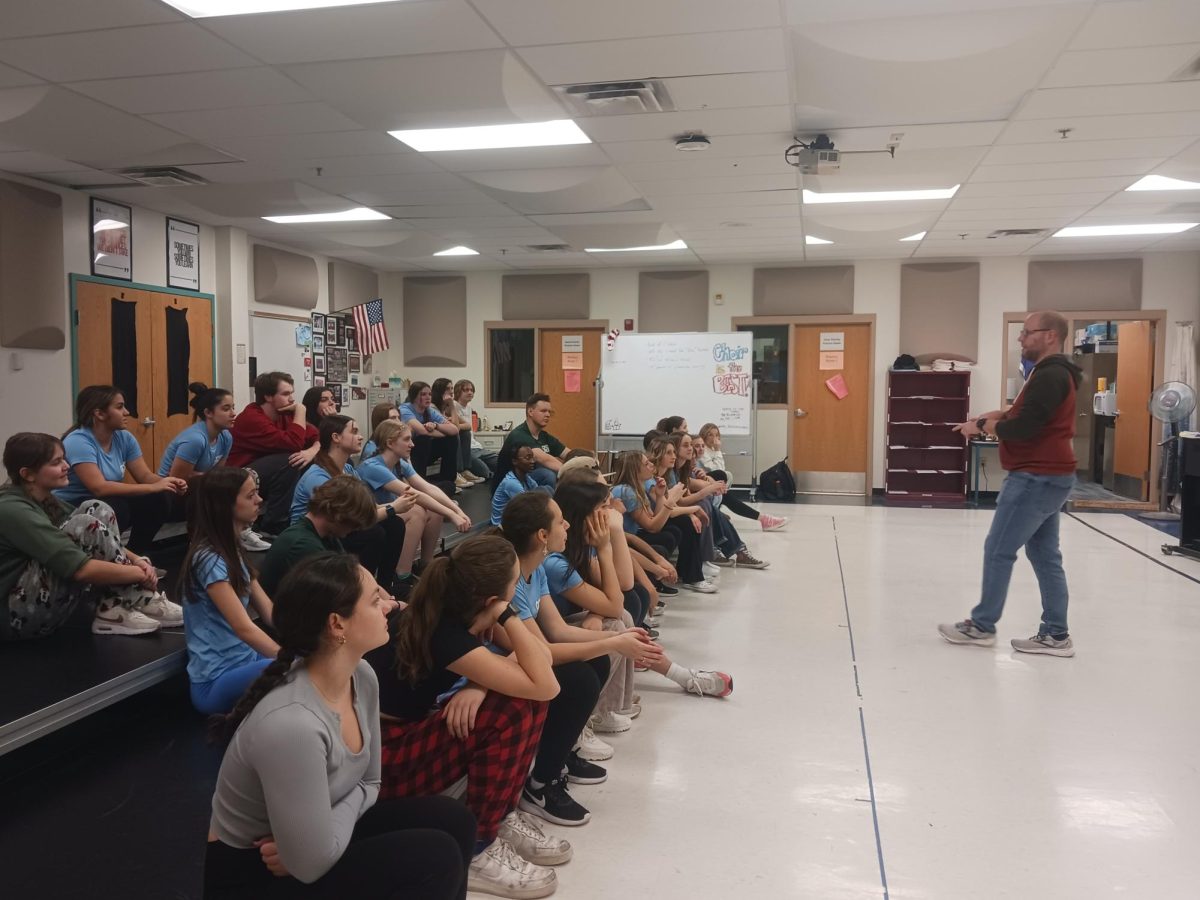Hasty passing times and a strict attendance policy have helped maintain safety and order at MHS. But when I find myself constantly rushing, working or struggling to concentrate throughout the school day, I wonder if the policies designed to keep students in class have unintentionally left little room for periods to refresh, relax or rejuvenate.
I understand the hesitancy to this idea, but several rejuvenating breaks sprinkled throughout the school day within classes could greatly improve learning and bring a powerful focus on academics.
Even small breaks, as little as five minutes, can be beneficial. A study conducted by the National University of Singapore had two groups perform a task in two 65-minute sessions. The group with a five-minute break in between sessions experienced much less cognitive decline and mental fatigue.
Ashley Hobbs, AP Psychology teacher, said block periods are not ideal due to students’ tendency to remember information at the beginning and end of a period but to forget most all in between.
“Over a 90-minute block, there’s a lot in the middle,” Hobbs said.
She said all students have different attention spans, so when a student asks to use the bathroom, Hobbs allows them to go because sometimes a break is most important for a student’s learning.
Hobbs said breaking up class into 20-minute focus periods with varied activities is helpful.
“I don’t know that there’s a one-size-fits-all for a school this big,” Hobbs said. “I think that’s always going to be the challenge.”
Freshman Principal Dr. Rick Regina is a member of the district wellness committee and promotes wellness activities for MHS students and staff.
Dr. Regina said he mainly focuses on staff well-being and advocates for educators to take breaks and get fresh air during their planning period/s.
But what about students? They don’t have this luxury.
To help resolve this issue, Dr. Regina recommends students take a PE or food class every semester. But replacing one activity with another won’t always provide the relief students desperately need throughout the day.
But, many students only take rigorous classes in preparation for their futures and don’t think about sacrificing courses to give themselves a break.
And they shouldn’t have to. Not with something this important.
Monet Ballard, junior, has advocated for breaks at MHS out of sheer need.
“In my class at the end of the day, I do so much worse and it’s really a struggle for me,” Ballard said. “That’s been a trend throughout my high school career.”
Ballard recounted an experience from this year, in which one of her teachers denied students a five-minute break, citing a need to quickly finish the lesson.
For every 30 minutes of learning, Ballard said students should have a 10-minute break to maintain learning and performance for the whole school day.
Ballard discussed this proposal with Jason Winter, choir teacher, and he agreed to implement optional breaks every 30 minutes. She said Winter’s class has been much more productive since the restorative periods were implemented.
The evidence is clear: Students need breaks. The administration and teachers can facilitate a positive break environment in which students may briefly leave the classroom, use the restroom or read and relax for a short time in the library. Teachers could work short rest periods into their lesson plans individually to minimize inconvenience, but these breaks must become standard.




